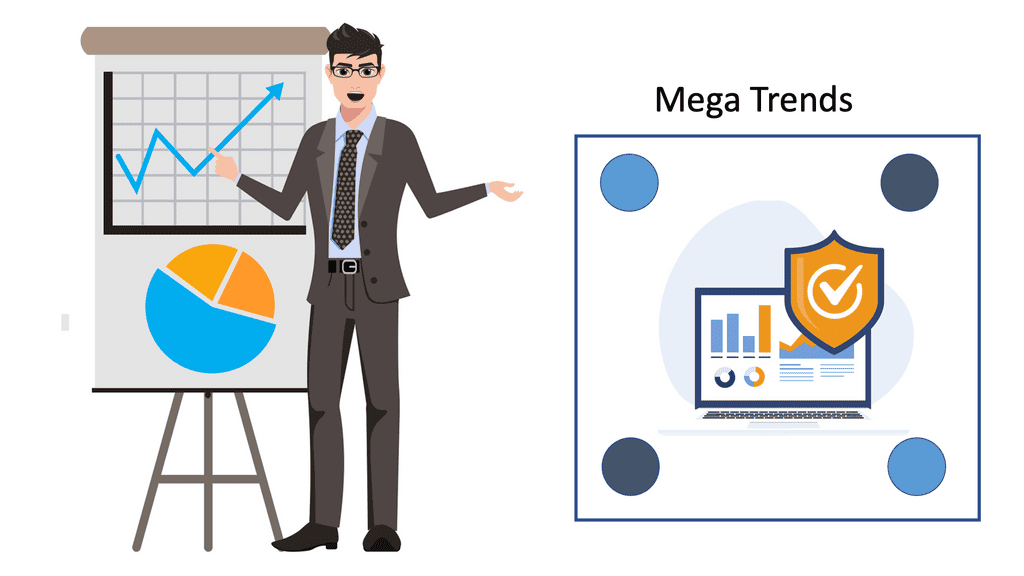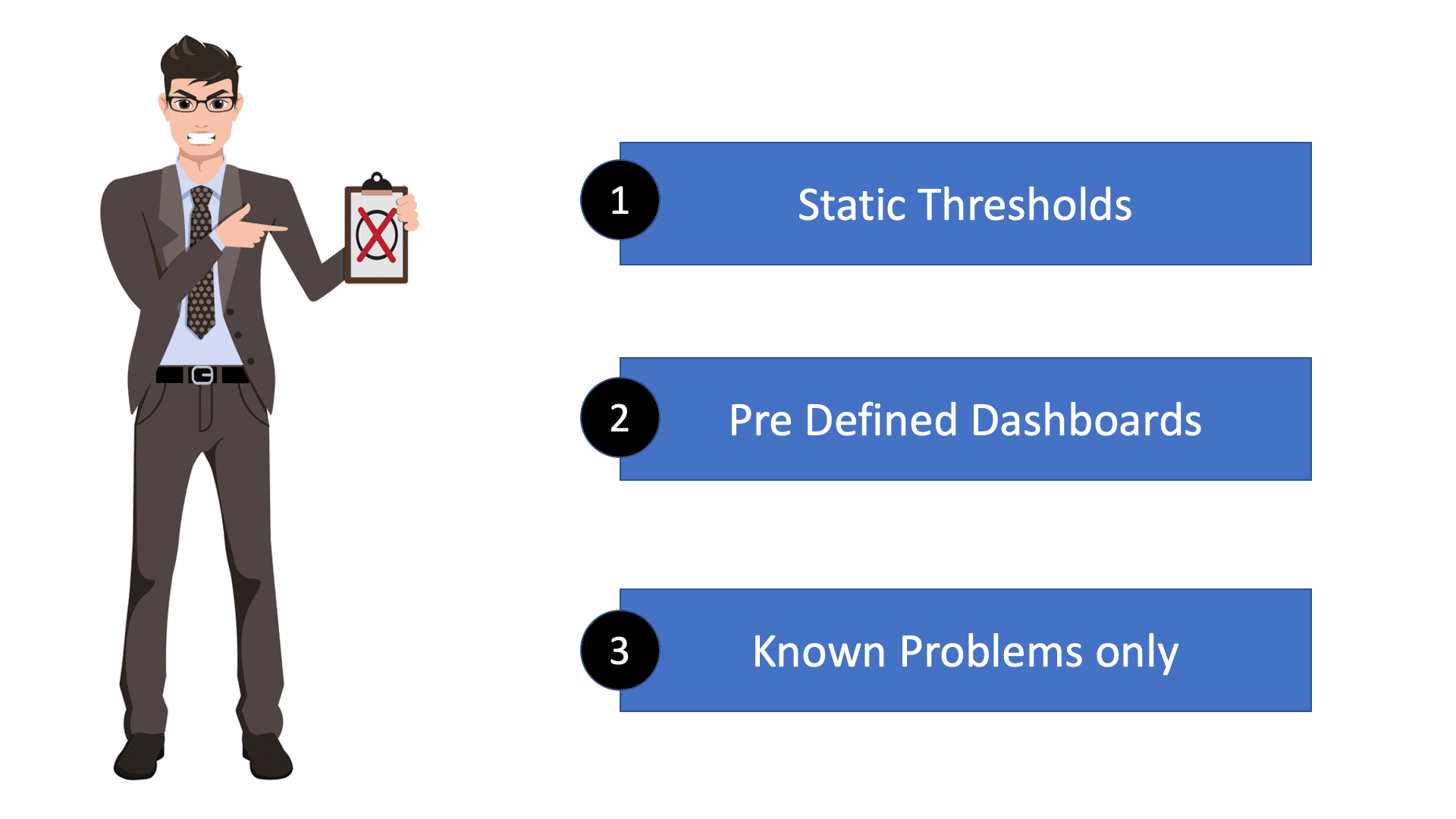Distributed Systems Observability
In today’s technology-driven world, distributed systems have become the backbone of numerous applications and services. These systems are designed to handle large-scale data processing, ensure fault tolerance, and provide high scalability. However, managing and monitoring distributed systems can be challenging. This is where observability comes into play. In this blog post, we will explore the significance of distributed systems observability and how it enables efficient management and troubleshooting.
Distributed systems observability refers to the ability to gain insights into the inner workings of a distributed system. It encompasses monitoring, logging, and tracing capabilities that allow engineers to effectively understand system behavior, performance, and potential issues. By adopting observability practices, organizations can ensure the smooth operation of their distributed systems and identify and resolve problems quickly.
Highlights: Distributed Systems Observability
- The Role of Megatrends
We have had a considerable drive with innovation that has spawned several megatrends that have affected how we manage and view our network infrastructure and the need for distributed systems observability. We have seen the decomposition of everything from one to many.
Many services and dependencies in multiple locations, aka microservices observability, must be managed and operated instead of the monolithic where everything is generally housed internally. The megatrends have resulted in a dynamic infrastructure with new failure modes not seen in the monolithic, forcing us to look a different systems observability tools and network visibility practices.
- Shift in Control
There has also been a shift in the point of control. We move towards new technologies, and many of these loosely coupled services or infrastructures your services lay upon are not under your control. The edge of control has been pushed, creating different network and security perimeters. These parameters are now closer to the workload than a central security stack. Therefore the workloads themselves are concerned with security.
For pre-information, you may find the following posts helpful:
Distributed Systems Observability. |
|
Back to Basics with Distributed Systems Observability
Distributed Systems
Today’s world of always-on applications and APIs has availability and reliability requirements that would have been needed of solely a handful of mission-critical services around the globe only a few decades ago. Likewise, the potential for rapid, viral service growth means that every application has to be built to scale nearly instantly in response to user demand.
Finally, these constraints and requirements mean that almost every application made—whether a consumer mobile app or a backend payments application—needs to be a distributed system. A distributed system is an environment where different components are spread across multiple computers on a network. These devices split up the work, harmonizing their efforts to complete the job more efficiently than if a single device had been responsible.

The Key Components of Observability:
Observability in distributed systems is achieved through three main components: monitoring, logging, and tracing.
1. Monitoring:
Monitoring involves the continuous collection and analysis of system metrics and performance indicators. It provides real-time visibility into the health and performance of the distributed system. By monitoring various metrics such as CPU usage, memory consumption, network traffic, and response times, engineers can proactively identify anomalies and make informed decisions to optimize system performance.
2. Logging:
Logging involves the recording of events, activities, and errors occurring within the distributed system. Log data provides a historical record that can be analyzed to understand system behavior and debug issues. Distributed systems generate vast amounts of log data, and effective log management practices, such as centralized log storage and log aggregation, are crucial for efficient troubleshooting.
3. Tracing:
Tracing involves capturing the flow of requests and interactions between different components of the distributed system. It allows engineers to trace the journey of a specific request and identify potential bottlenecks or performance issues. Tracing is particularly useful in complex distributed architectures where multiple services interact with each other.
Benefits of Observability in Distributed Systems:
Adopting observability practices in distributed systems offers several benefits:
1. Enhanced Troubleshooting:
Observability enables engineers to quickly identify and resolve issues by providing detailed insights into system behavior. With real-time monitoring, log analysis, and tracing capabilities, engineers can pinpoint the root cause of problems and take appropriate actions, minimizing downtime and improving system reliability.
2. Performance Optimization:
By closely monitoring system metrics, engineers can identify performance bottlenecks and optimize system resources. Observability allows for proactive capacity planning and efficient resource allocation, ensuring optimal performance even under high loads.
3. Efficient Change Management:
Observability facilitates the monitoring of system changes and their impact on the overall performance. Engineers can track changes in metrics and easily identify any deviations or anomalies caused by updates or configuration changes. This helps in maintaining system stability and avoiding unexpected issues.
How This Affects Failures
The primary issue I have seen with my clients is that application failures are no longer predictable, and dynamic systems can fail creatively, challenging existing monitoring solutions. But, more importantly, the practices that support them. We have a lot of partial failures that are not just unexpected but not known or have never been seen before. For example, if you recall, we have the network hero.
The network hero
It is someone who knows every part of the network and has seen every failure at least once. They are no longer helpful in today’s world and need proper Observability. When I was working as an Engineer, we would have plenty of failures, but more than likely, we would have seen them before. And there was a system in place to fix the error. Today’s environment is much different.
We can no longer rely on simply seeing either a UP or Down, setting static thresholds, and then alerting based on those thresholds. A key point to note at this stage is that none of these thresholds considers the customer’s perspective. If your POD runs at 80% CPU, does that mean the customer is unhappy?
When monitoring, you should look from your customer’s perspectives and what matters to them. Content Delivery Network (CDN) was one of the first to realize this game and measure what matters most to the customer.
Distributed Systems Observability
The different demands
So the new modern and complex distributed systems place very different demands on your infrastructure and the people that manage the infrastructure. For example, in microservices, there can be several problems with a particular microservice:
-
- The microservices could be running under high resource utilization and, therefore, slow to respond, causing a timeout
- The microservices could have crashed or been stopped and is, therefore, unavailable
- The microservices could be fine, but there could be slow-running database queries.
- So we have a lot of partial failures.
Therefore: We can no longer predict
The big shift we see with software platforms is that they evolve much quicker than the products and paradigms we use to monitor them. As a result, we need to consider new practices and technologies with dedicated platform teams and good system observability. We can’t predict anything anymore, which puts the brakes on some traditional monitoring approaches, especially the metrics-based approach to monitoring.
I’m not saying that these monitoring tools are not doing what you want them to do. But, they work in a siloed environment, and there is a lack of connectivity. So we have monitoring tools working in silos in different parts of the organization and more than likely managed by different people trying to monitor a very dispersed application with multiple components and services in various places.
Relying On Known Failures
Metric-Based Approach
A metrics-based monitoring approach relies on having previously encountered known failure modes. The metric-based approach relies on known failures and predictable failure modes. So we have predictable thresholds that someone is considered to experience abnormal.
Monitoring can detect when these systems are either over or under the predictable thresholds that are previously set. And then, we can set alerts and hope that these alerts are actionable. This is only useful for variants of predictable failure modes.
Traditional metrics and monitoring tools can tell you any performance spikes or notice that a problem occurs. But they don’t let you dig into the source of problems and let us slice and dice or see correlations between errors. If the system is complex, this approach is harder to get to the root cause in a reasonable timeframe.
Traditional style metrics systems
With the traditional style metrics systems, you had to define custom metrics, which were always defined upfront. So with this approach, we can’t start to ask new questions about problems. So it would be best if you defined the questions to ask upfront.
Then we set performance thresholds, pronounce them “good” or “bad, ” and check and re-check those thresholds. We would tweak the thresholds over time, but that was about it. This monitoring style has been the de facto approach, but we don’t now want to predict how a system can fail. Always observe instead of waiting for problems, such as reaching a certain threshold before acting.

Metrics: Lack of connective event
Metrics did not retain the connective event. As a result, you cannot ask new questions in the existing dataset. These traditional system metrics could miss unexpected failure modes in complex distributed systems. Also, the condition detected via system metrics might be unrelated to what is happening.
An example of this could be an odd number of running threads on one component that might indicate garbage collection is in progress. It might also indicate that slow response times might be imminent in an upstream service.
Users experience static thresholds.
User experience means different things to different sets of users. We now have a model where different service users may be routed through the system in different ways, using different components and providing experiences that can vary widely. We also know now that the services no longer tend to break in the same few predictable ways over and over.
We should have a few alerts triggered by only focusing on symptoms that directly impact user experience and not because a threshold was reached.
- The Challenge: Can’t reliably indicate any issues with user experience
If you use static thresholds, they can’t reliably indicate any issues with user experience. Alerts should be set up to detect failures that impact user experience. Traditional monitoring falls short in trying to do this. With traditional metrics-based monitoring, we rely on static thresholds to define optimal system conditions, which have nothing to do with user experience.
However, modern systems change shape dynamically under different workloads. Static thresholds for monitoring can’t reflect impacts on user experience. They lack context and are too coarse.
The Need For Distributed Systems Observability
Systems observability and reliability in distributed system is a practice. Rather than just focusing on a tool that does logging, metrics, or altering, Observability is all about how you approach problems, and for this, you need to look at your culture. So you could say that Observability is a cultural practice and allows you to be proactive to findings instead of relying on a reactive approach that we are used to in the past.
Nowadays, we need a different viewpoint and want to see everything from one place. You want to know how the application works and how it interacts with the other infrastructure components, such as the underlying servers, physical or server, the network, and how data transfer looks in a transfer and stale state.
What level of observation do you need so you know that everything is performing as it should? And what should you be looking at to get this level of detail?
Monitoring is knowing the data points and the entities we are gathering from. On the other hand, Observability is like putting all the data together. So monitoring is collecting data, and Observability is putting it together in one single pane of glass. Observability is observing the different patterns and deviations from the baseline; monitoring is getting the data and putting it into the systems. A vital part of an Observability toolkit is service level objectives (slos).
The three pillars of distributed systems observability
We have three pillars of Systems Observability. There are Metrics, Traces, and Logging. So it is an oversimplification to define or view Observability as having these pillars. But for Observability, you need these in place. Observability is all about connecting the dots from each of these pillars.
If someone asked me which one I prefer, it would be distributed tracing. Distributed tracing allows you to visualize each step in service request executions. As a result, it doesn’t matter if services have complex dependencies. You could say that the complexity of the Dynamic systems is abstracted with distributed tracing.
-
Use Case: Challenges without tracing.
For example, latency can stack up if a downstream database service experiences performance bottlenecks. As a result, the end-to-end latency is high. When latency is detected three or four layers upstream, it can be complicated to identify which component of the system is the root of the problem because now that same latency is being seen in dozens of other services.
-
Distributed tracing: A winning formula
Modern distributed systems tend to scale into a tangled knot of dependencies. Therefore, distributed tracing shows the relationships between various services and components in a distributed system. Traces help you understand system interdependencies. Unfortunately, those inter-dependencies can obscure problems and make them challenging to debug unless their relationships are clearly understood.
Conclusion:
In the world of distributed systems, observability plays a vital role in ensuring the stability, performance, and reliability of complex architectures. Monitoring, logging, and tracing provide engineers with the necessary tools to understand system behavior, troubleshoot issues, and optimize performance. By adopting observability practices, organizations can effectively manage their distributed systems and provide seamless and reliable services to their users.


